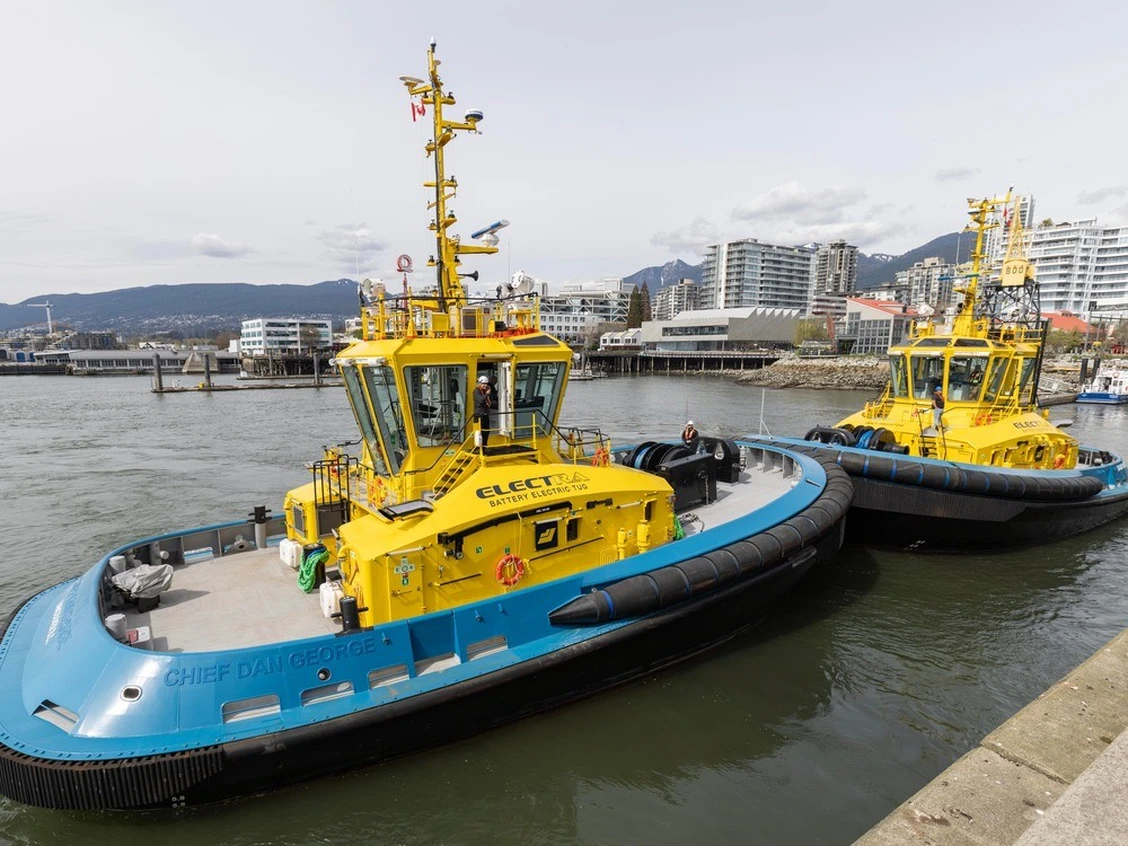The 5,000-HP tugs will reduce emissions by 2,400 tonnes of carbon dioxide a year, the equivalent of taking 600 passenger cars off the road.
Tugboat firm SAAM Towage is adding two battery-powered tugs to its fleet that operates in the Port of Vancouver.
The cost to build battery-powered tugs, about one-and-a-half times the price of diesel-powered tugs, required support from “the right partners,” he added.
The province’s CleanBC program contributed an $8.6-million grant to defray some of the cost, and a few of SAAM’s clients — Neptune Terminals, Teck Resources, and shipping firm Oldendorff Carriers — made long-term commitments to use SAAM’s services.
“Those clients and partners, they are in this for the longer term,” Bikkers said. “And they also have a responsibility in their supply chains to work toward their environmental goals.”
Neptune Terminals handles bulk commodities with a higher carbon footprint such as potash and Teck’s steelmaking coal shipments.
The tugs are still just two of the 20 tugs in SAAM’s B.C. fleet, although Bikkers said one more has been commissioned for the company’s operations in Chile. In B.C., “if we continue to work with the support of our stakeholders, we are looking at either electric or alternative-power tugs.”
The cost to build is still the biggest hurdle for the adoption of electric power, said Michael Fitzpatrick, CEO of Robert Allan Ltd., a leading naval architect that designed SAAM and HaiSea’s vessels, as well as another six under construction at yards around the world.
“Internationally, there is a lot of the vessels that we’re working on (that) have had some form of subsidy,” Fitzpatrick said.
He added that about half the work done by tugs in the Port of Vancouver could be transitioned to battery-powered tugs. The rest — especially escort tug duty — could be shifted to hybrid electric tugs using alternative fuels such as hydrogen, methanol or ammonia.






